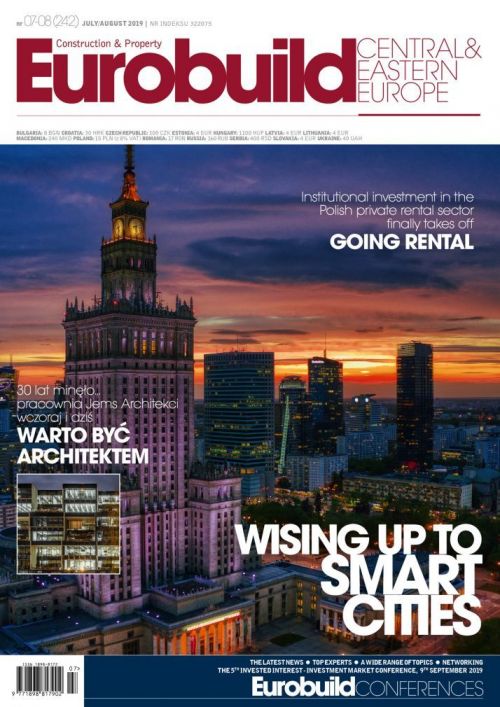On Tuesday, May 28th, the cream of the Polish and European office market came together in the thought-inspiring interiors of The Heart on the 38th floor of the Warsaw Spire, to listen to the most eminent experts in the field and discuss the current situation for offices. And although the views of Warsaw from the windows of The Heart were breathtaking and the stage featured an arrangement of Bene furniture that was in no way less spectacular, the speakers and panellists didn’t have the slightest trouble when it came to holding the attention of the almost 200 guests.
The first panel, ‘Investors Still Queuing Up’, was moderated by Paweł Skałba, the director of the office agency at Colliers International, who provided confirmation if any were needed that the market had matured and stabilised. “We are at the top of the cycle. There are, however, some indicators suggesting there’s going to be a slowdown by the end of the year. This year will not be as record-






























































